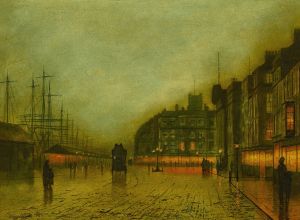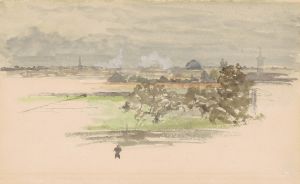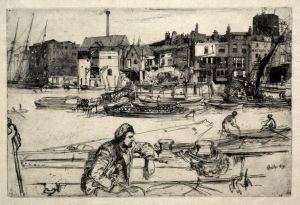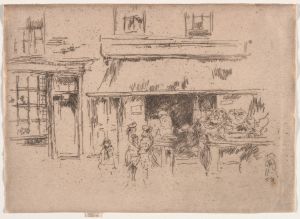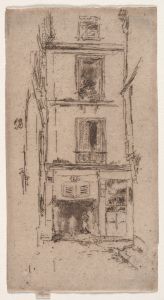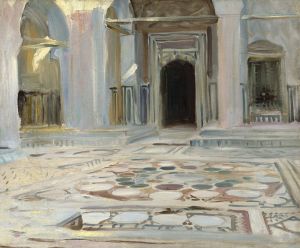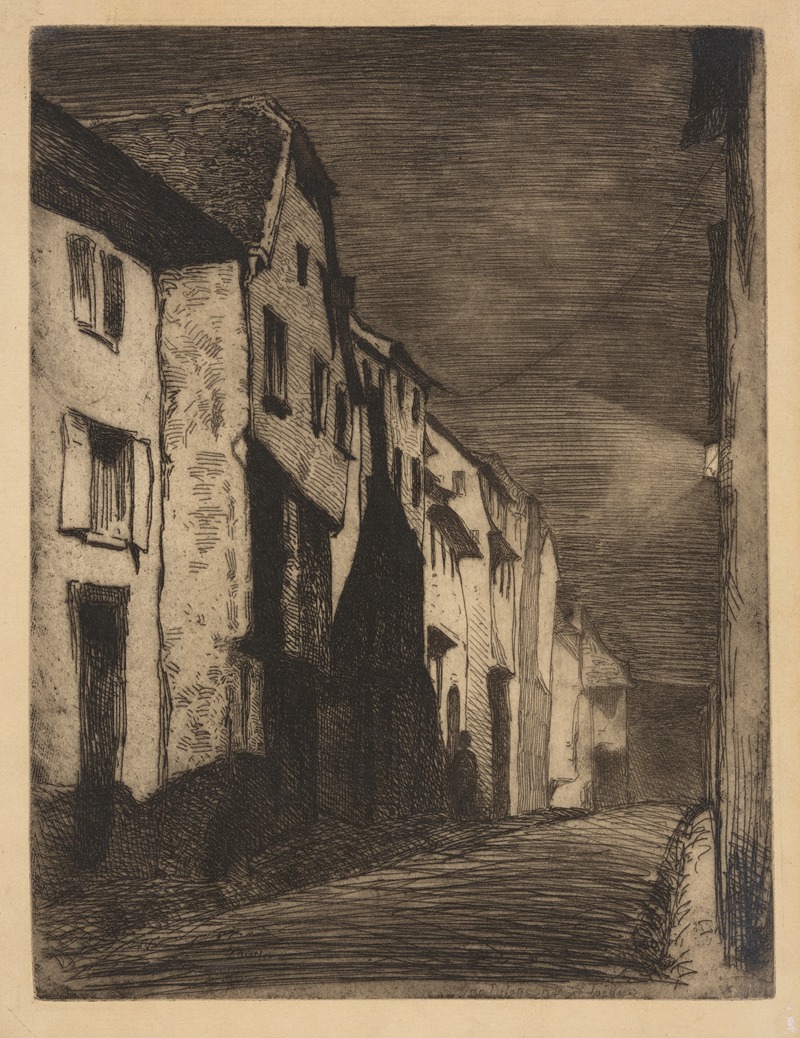
Street at Saverne
A hand-painted replica of James Abbott McNeill Whistler’s masterpiece Street at Saverne, meticulously crafted by professional artists to capture the true essence of the original. Each piece is created with museum-quality canvas and rare mineral pigments, carefully painted by experienced artists with delicate brushstrokes and rich, layered colors to perfectly recreate the texture of the original artwork. Unlike machine-printed reproductions, this hand-painted version brings the painting to life, infused with the artist’s emotions and skill in every stroke. Whether for personal collection or home decoration, it instantly elevates the artistic atmosphere of any space.
"Street at Saverne" is a painting by the American artist James Abbott McNeill Whistler, known for his contributions to the art world during the late 19th century. Whistler was an influential figure in the Aesthetic Movement, which emphasized the visual and sensual qualities of art and design over practical, moral, or narrative considerations. He is best known for his distinctive style and his famous work "Whistler's Mother."
James Abbott McNeill Whistler was born on July 11, 1834, in Lowell, Massachusetts. He spent much of his early life in Russia and England, which influenced his artistic development. Whistler's education at the United States Military Academy at West Point was short-lived, and he eventually pursued a career in art, studying in Paris and later settling in London.
"Street at Saverne" is one of Whistler's lesser-known works, and it reflects his interest in capturing the essence of a scene through subtle tonal variations and a focus on atmosphere. The painting depicts a street scene in Saverne, a town in the Alsace region of France. This region, with its picturesque landscapes and charming architecture, provided Whistler with ample inspiration for his work.
Whistler's approach to painting was heavily influenced by his belief in "art for art's sake," a philosophy that advocated for the intrinsic value of art, independent of any didactic, moral, or utilitarian function. This belief is evident in "Street at Saverne," where Whistler's focus is on the mood and composition rather than a detailed narrative or historical context.
The painting is characterized by Whistler's signature use of a limited color palette and his ability to convey depth and emotion through subtle gradations of tone. His brushwork is often described as delicate and precise, contributing to the overall harmony of the composition. In "Street at Saverne," Whistler captures the quiet charm of the town, with its narrow streets and traditional architecture, inviting viewers to appreciate the beauty in everyday scenes.
Whistler's work, including "Street at Saverne," was part of a broader movement that sought to elevate the status of the artist and the aesthetic experience. His influence extended beyond painting, impacting the fields of interior design and printmaking as well. Whistler's emphasis on harmony and composition can be seen in the works of later artists who admired his innovative approach.
Throughout his career, Whistler faced both acclaim and criticism. His defamation lawsuit against art critic John Ruskin, who harshly criticized Whistler's work, is a notable episode in his life. Despite the mixed reception of his work during his lifetime, Whistler's legacy has endured, and he is now regarded as a pivotal figure in the transition from 19th-century art to modernism.
"Street at Saverne" remains a testament to Whistler's skill in capturing the essence of a place through his unique artistic vision. While it may not be as widely recognized as some of his other works, it exemplifies his commitment to the principles of the Aesthetic Movement and his ability to find beauty in the ordinary.







